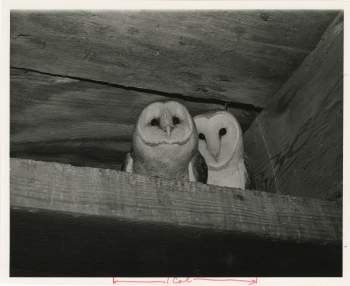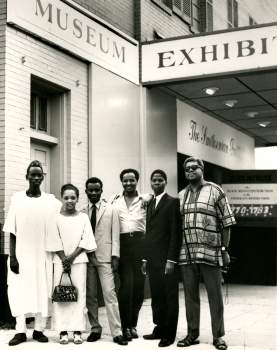
















Historical Origins
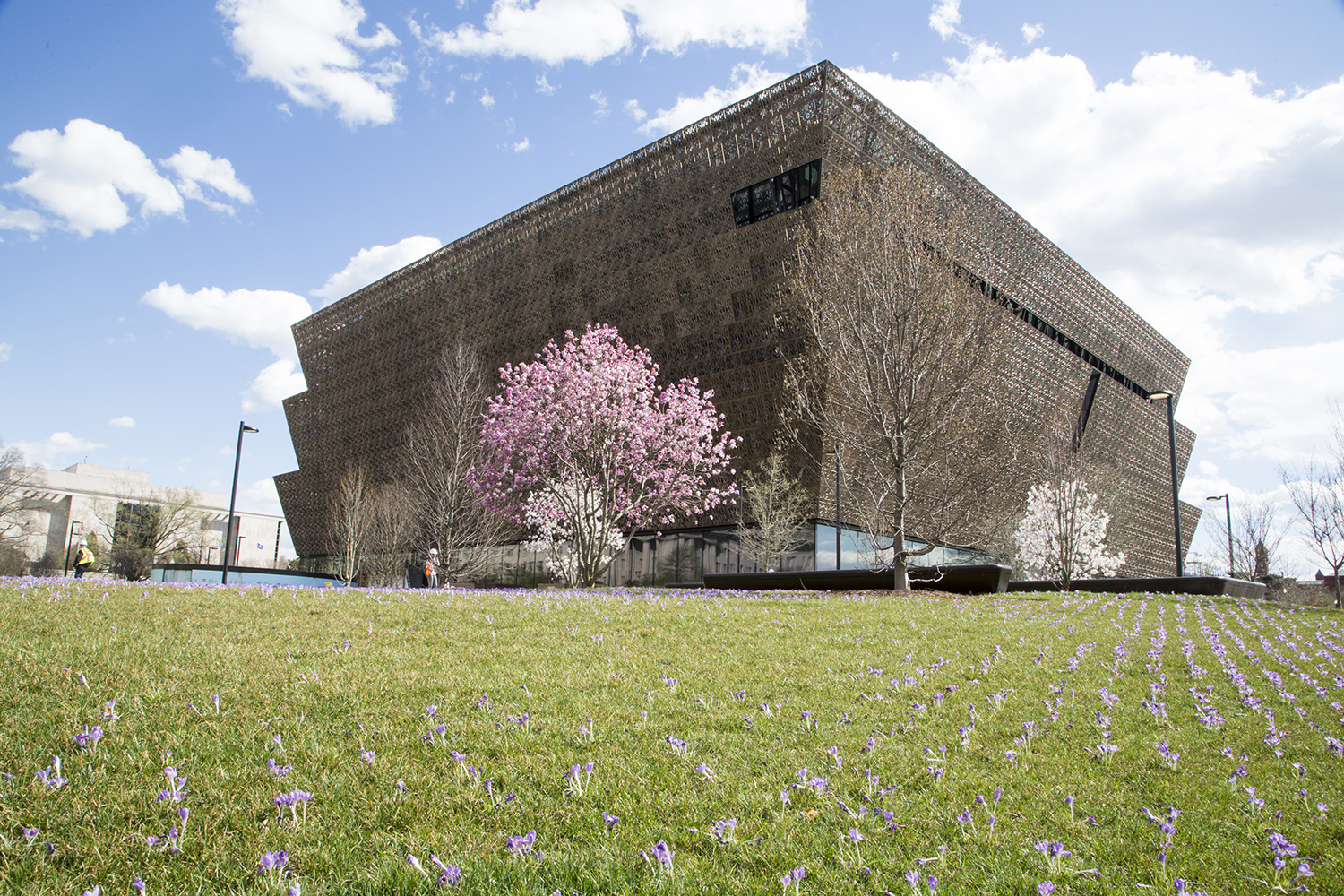
The National Museum of African American History and Culture opens on September 24, 2016 by President Barack Obama during a three day festival on the National Mall produced by Quincy Jones, a member of the museum’s advisory board. The only national museum devoted exclusively to the documentation of African American life, history, and culture, its goals are 1) to provide an opportunity for those who are interested in African American culture to explore and revel in this history through interactive exhibitions; 2) to help all Americans see how their stories, their histories, and their cultures are shaped and informed by global influences; 3) to explore what it means to be an American and share how American values like resiliency, optimism, and spirituality are reflected in African American history and culture; and 4) to serve as a place of collaboration that reaches beyond Washington to engage new audiences and to collaborate with the myriad of museums and educational institutions that have explored and preserved this important history well before this museum was created.
 The newest of the Smithsonian’s nineteen museums, NMAAHC was established by law in 2003, the culmination of decades of efforts to commemorate African American history. African American civil war veterans began the push to commemorate the African American influence on America with a place on the National Mall in 1915. Veterans of the US Colored Troops were nearly excluded from a 50th anniversary Grand Review Parade celebrating the victorious Union Troops. USCT veterans formed a Committee of Colored Citizens of the Grand Army of the Republic to make sure their military service was remembered and provide help with housing, food, and logistical costs for African American veterans. After the parade, funds from this committee went to a National Memorial Association to create a more permanent memorial to African Americans’ military contributions. The association’s aim was to build a building to depict African Americans’ contributions in all walks of life, not just military. While no site was designated, the National Mall was the committee’s goal. Despite significant racially charged opposition, this Association worked long and hard to accomplish their goal, and with significant grassroots support that overcame congressional racism, a law creating a commission for the museum was signed into Law by President Coolidge on March 4, 1929. Unfortunately, due to the stock market crash later that year, the commission was unable to raise funds and the museum was never built.
The newest of the Smithsonian’s nineteen museums, NMAAHC was established by law in 2003, the culmination of decades of efforts to commemorate African American history. African American civil war veterans began the push to commemorate the African American influence on America with a place on the National Mall in 1915. Veterans of the US Colored Troops were nearly excluded from a 50th anniversary Grand Review Parade celebrating the victorious Union Troops. USCT veterans formed a Committee of Colored Citizens of the Grand Army of the Republic to make sure their military service was remembered and provide help with housing, food, and logistical costs for African American veterans. After the parade, funds from this committee went to a National Memorial Association to create a more permanent memorial to African Americans’ military contributions. The association’s aim was to build a building to depict African Americans’ contributions in all walks of life, not just military. While no site was designated, the National Mall was the committee’s goal. Despite significant racially charged opposition, this Association worked long and hard to accomplish their goal, and with significant grassroots support that overcame congressional racism, a law creating a commission for the museum was signed into Law by President Coolidge on March 4, 1929. Unfortunately, due to the stock market crash later that year, the commission was unable to raise funds and the museum was never built.
The US Interior Department took over the commission’s work, but the memorial did not come to fruition. The civil rights movement of the 1950s and 1960s, and the assassination of Dr. Martin Luther King, Jr., in 1968 galvanized interest again. An initiative by Tom Mack, president of Tourmobile Sightseeing, a DC shuttle tour company, led to a 1986 Joint Resolution sponsored by Representatives Mickey Leland of Texas and John R. Lewis of Georgia and Senator Paul Simon of Illinois “to encourage and support” private efforts to build a memorial and a museum in Washington, DC.
Congressional Action
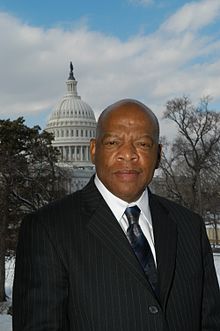 Starting in 1988, new bills were introduced annually in the Congress by Rep. John Lewis to create a National African American Heritage Museum and Memorial within the Smithsonian Institution. In 1991, a Smithsonian blue-ribbon commission recommended the creation of a national museum devoted to African Americans to collect, analyze, research, and organize exhibitions on a scale and definition that matched the major museums devoted to other aspects of American life. The commission recommended that the museum be temporarily located in the Arts and Industries Building until a new, larger facility could be built, but the legislation stalled amid controversy about funding and the appropriateness of the site.
Starting in 1988, new bills were introduced annually in the Congress by Rep. John Lewis to create a National African American Heritage Museum and Memorial within the Smithsonian Institution. In 1991, a Smithsonian blue-ribbon commission recommended the creation of a national museum devoted to African Americans to collect, analyze, research, and organize exhibitions on a scale and definition that matched the major museums devoted to other aspects of American life. The commission recommended that the museum be temporarily located in the Arts and Industries Building until a new, larger facility could be built, but the legislation stalled amid controversy about funding and the appropriateness of the site.
In 2001, a new bipartisan coalition of Representatives John Lewis and J. C. Watts, Jr., and Senators Sam Brownback and Max Cleland renewed efforts to establish a National Museum of African American History and Culture within the Smithsonian Institution. Renewed questions about funding and feasibility of using the Arts and Industries Building resulted in the passage of P.L. 107-106 on December 28, 2001, which established the NMAAHC Plan for Action Presidential Commission to develop a feasible plan to move forward with the museum.
In April of 2003, the Commission released its first report, “The Time Has Come, Report to the President and Congress” suggesting for several possible locations and a preliminary planning program that determined an area of 350,000 square feet represented a reasonable size for the museum. In September of 2003, the Commission issued its “Final Site Report” which recommended the Capitol Grounds site, with the Washington Monument site as an alternative. In December 2003, Congress enacted The NMAAHC Act, P.L. 108-184, establishing a museum within the Smithsonian Institution to be known as the National Museum of African American History and Culture. The act required the Smithsonian Institution Board of Regents to select a final site.
Making the Museum a Reality

The building design was the product of a collaboration of four design firms that formed Freelon Adjaye Bond/SmithGroupJJR: The Freelon Group, Adjaye Associates, Davis Brody Bond and the SmithGroupJJR. The design of the building features two distinct design elements—the “Corona,” the signature exterior feature that consists of 3,600 bronze-colored cast-aluminum panels weighing 230 tons, and the “Porch,” which serves as the location for the main museum entrance on Madison Drive. The Corona draws on imagery from both African and American History, reaching toward the sky in an expression of faith, hope and resiliency. The three-tiered shape is inspired by the Yoruban Caryatid, a traditional wooden column that features a crown or corona at its top. The pattern of the exterior panels evokes the look of ornate 19th-century ironwork created by enslaved craftsmen in New Orleans and allows daylight to enter through dappled openings.

On February 22, 2012, ground was broken northeast of the Washington Monument and to the west of the National Museum of American History. Attended by President Barack Obama, First Lady Michelle Obama, Representative John Lewis, Governor Sam Brownback, and former First Lady Laura Bush, the ceremony was presided over by Smithsonian Secretary G. Wayne Clough and Museum Director Lonnie Bunch.
As construction progressed, planning began for the museum’s collections, exhibits, and programs. In 2007, museum staff completed their inaugural exhibit, Let Your Motto Be Resistance: African American Portraits, at the National Portrait Gallery, followed by Ain't Nothing Like the Real Thing: How the Apollo Theater Shaped American Entertainment at the National Museum of American History in 2010, and The Kinsey Collection: Shared Treasures of Bernard and Shirley Kinsey, Where Art and History Intersect and For All the World to See in 2011. In 2013 exhibits included Changing America: The Emancipation Proclamation, 1863 and The March on Washington.

In 2013 the first two objects were installed: a restored segregation-era railway car, circa 1918 and an early 20th century guard tower from the Angola prison in Louisiana. The remainder of the museum was built around these two artifacts. By the opening in 2016, the museum had collected some 37,000 objects. Among the significant treasures the museum acquired were an early 1800s slave cabin from Edisto Island, South Carolina; a collection of Harriet Tubman’s possessions; Emmett Till’s original casket, a Tuskegee Airmen’s biplane from World War II; the Soul Train Neon Sign used in the TV show; Chuck Berry’s Cadillac; and Martin Luther King, Jr. and Coretta Scott Kins' Congressional Gold Medal.
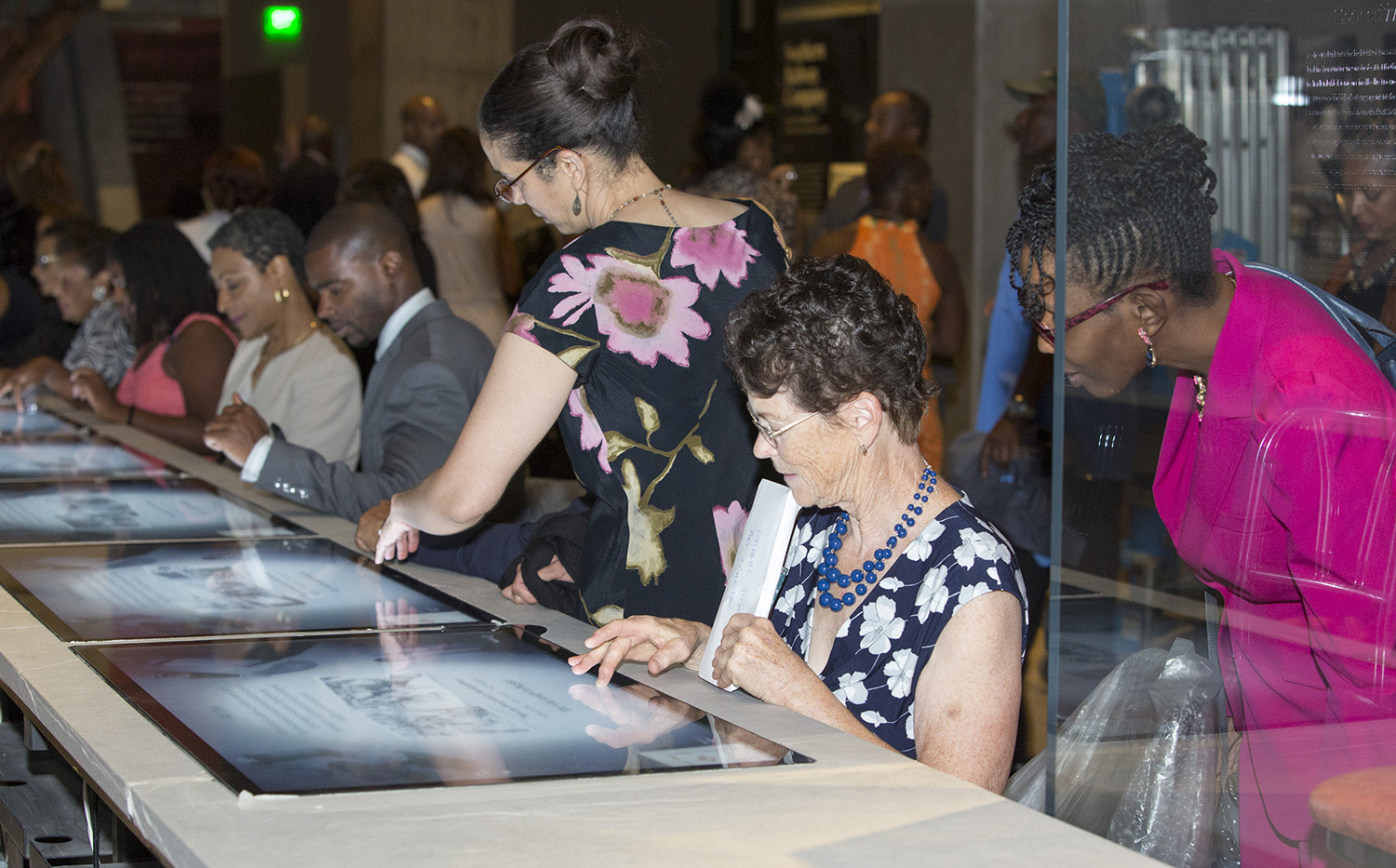
In 2013, the museum unveiled two free mobile apps, “View NMAAHC” and “Changing America: To Be Free,” that allowed the public to experience the museum before its opening. The museum can be toured online via a website. Visitors to the real museum can experience digital presentations within the exhibits, such as the Woolworth Lunch Counter that refused service to African Americans until 1960 when Civil Rights protestors fought for change. The museum uses technology to reach a broad audience through real and digital experiences.

The museum’s construction and exhibitions were projected to cost $500 million, with half provided by congressional funding and the remainder raised by the museum. Prior to the opening, the museum’s staff raised some $315 million in private funding, to supplement the federal appropriations. Significant donors included some $13 million from Oprah Winfrey, the largest single donation. In recognition of the gift, the museum’s theater was named the Oprah Winfrey Theater. One of the largest spaces in the museum, the 350-seat theater is a forum in the nation’s capital for performers, artists, educators, scholars, authors, musicians, filmmakers and opinion leaders. Philanthropist David Rubinstein donated $10 million, as did the Bill & Melinda Gates Foundation. Donors of $5 million included sports star Michael Jordan, Walmart, and Boeing. The Alfred Street Baptist Church of Alexandria, Virginia, donated $1 million, as did Microsoft.
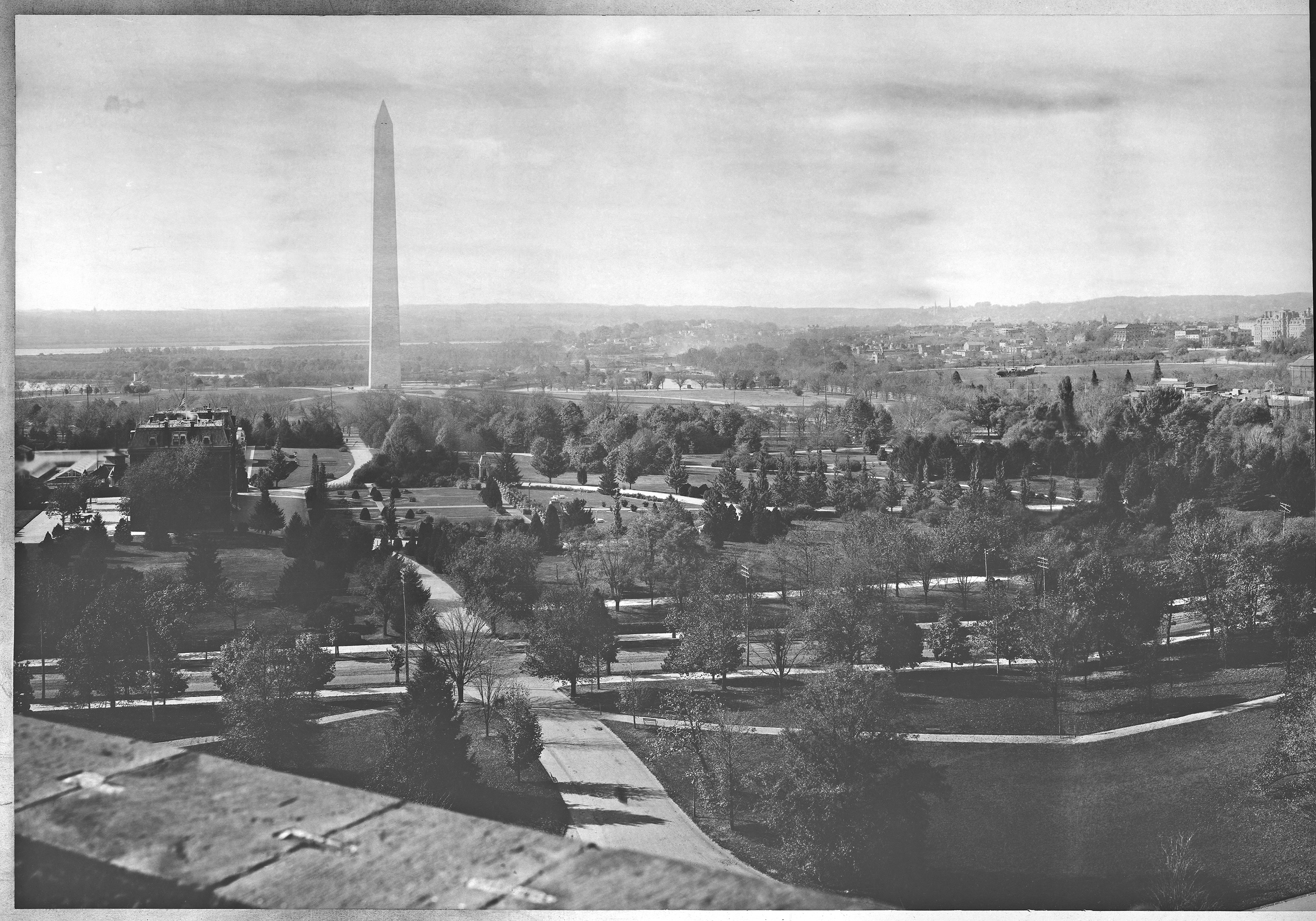

Left: First in a series of four panoramic photographs of Washington, D.C., from left to right, taken from a tower in the Smithsonian Institution Building, 1887. Smithsonian Institution Archives, Image# MAH-61686A.
Right: Aerial view of Washington Monument, with the new National Museum of African American History and Culture building, 2015. Photo by Michael Barnes. Smithsonian Institution Archives, 2015-18489.
Further Exploration
- Chronology of the National Museum of African American History and Culture
- Bibliography of the National Museum of African American History and Culture
- Historic Images of the National Museum of African American History and Culture
Related Collections
- National Museum of African American History and Culture Records from the Smithsonian Institution Archives
- Historic Image Highlights of the National Museum of African American History and Culture
- Additional Records and Collections of the National Museum of African American History and Culture from across the Smithsonian
- National Museum of African American History and Culture’s History Collections
Other Resources
- National Museum of African American History and Culture Website
- Tour the National Museum of African American History and Culture online
- A Century in the Making: The Journey to Build a National Museum
- Save Our African American Treasures: A National Collections Initiative
- National Museum of African American History and Culture Memory Book Project

